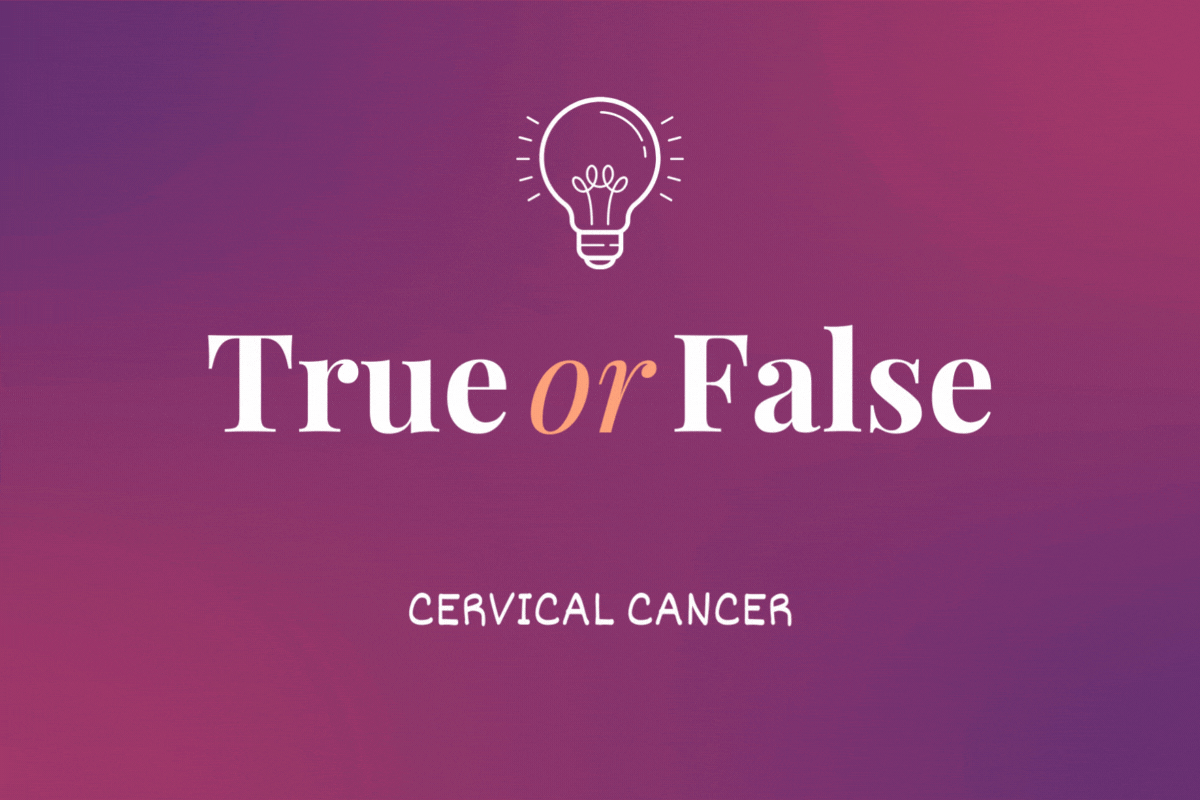
True or False: Cervical Cancer
Take our quiz to see how much you know about cervical cancer screening, signs of cervical cancer and other important facts
Jan 17, 2024
Conditions & Treatments
Take our quiz to see how much you know about cervical cancer screening, signs of cervical cancer and other important facts
January is Cervical Cancer Awareness Month.
Nearly 14,000 women and people assigned female at birth in the U.S. are diagnosed with cervical cancer every year.
Cervical cancer grows in the cervix (the part of your reproductive system that connects the vagina to the uterus) — and anyone with a cervix is at risk for the disease.
The good news is cervical cancer is highly preventable and highly treatable. In fact, nearly all cervical cancers can be prevented with the HPV vaccine and routine screening. Thanks to advancements in screening options, it’s now much easier to diagnose the disease in early stages when it’s most treatable.
Take our quiz to see how much you know about cervical cancer and cervical cancer symptoms.
Correct
Incorrect
Correct
Incorrect
Correct
Incorrect
Correct
Incorrect
Correct
Incorrect
Correct
Incorrect
Correct
Incorrect